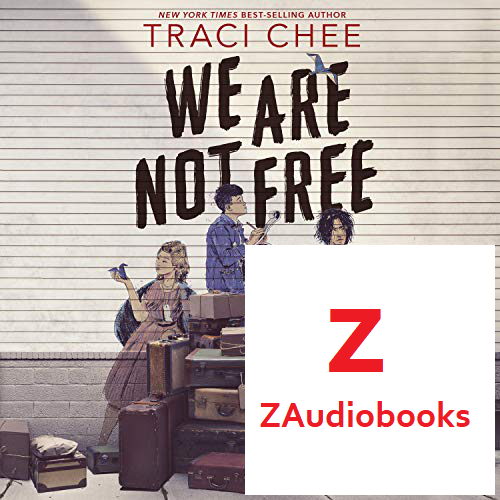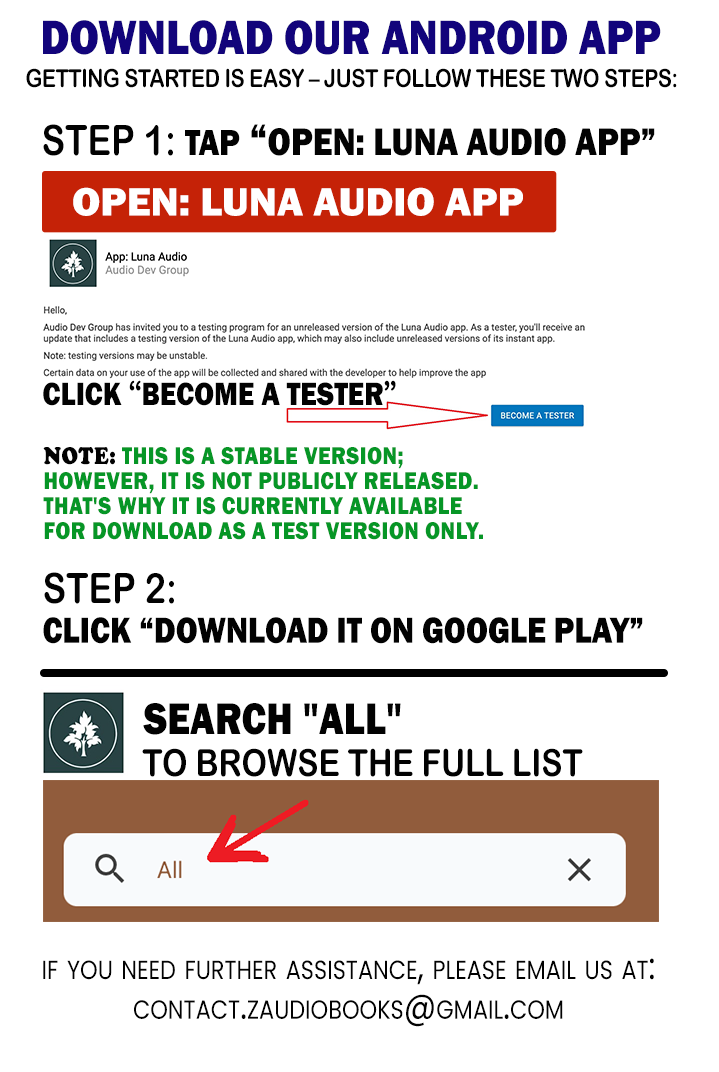This is We Are Not Free audiobook (please share your thoughts by leave comments and rate this post. Or share more information of this audios in the comment section. Thank @Andrea for sharing this audios). Lets play We Are Not Free full audios free online in the audio player below.

Title: “We Are Not Free” Audiobook: A Profound Exploration of Japanese American Incarceration
Introduction
“We Are Not Free” is a powerful young adult novel written by Traci Chee and published in 2020. The book offers a poignant portrayal of the experiences of Japanese Americans during World War II when they were forcibly removed from their homes and incarcerated in internment camps. Through the perspectives of fourteen different characters, the novel sheds light on the profound impact of this dark period in American history. In this essay, we will delve into the immersive world of the “We Are Not Free” audiobook, exploring its plot, characters, themes, and the unique impact of the audio format on the overall experience.
The Power of Audiobooks
Audiobooks have become increasingly popular as a medium for experiencing literature. They offer a dynamic way to engage with stories, allowing listeners to connect with the narrative through the spoken word. In the case of “We Are Not Free,” the audiobook format enhances the emotional depth and authenticity of the characters’ voices, making their stories all the more compelling.
Plot Summary
“We Are Not Free” is set in the United States during World War II and is centered around the experiences of a group of Japanese American teenagers living in San Francisco. The story begins with the surprise attack on Pearl Harbor in 1941 and the subsequent escalation of anti-Japanese sentiment in the United States. As the war intensifies, Japanese Americans face increasing discrimination and prejudice.
In 1942, President Franklin D. Roosevelt signs Executive Order 9066, which authorizes the forced removal and internment of Japanese Americans on the West Coast, including San Francisco. The families in the novel are uprooted from their homes and relocated to incarceration camps far from their familiar lives.
The narrative unfolds through the voices of fourteen different teenagers, each with their unique perspective and experiences. These characters include Shin, Frankie, Minnow, and others, each offering a glimpse into their struggles, hopes, and resilience as they navigate life in the internment camps. Some characters are eager to prove their loyalty to the United States, while others grapple with their sense of identity and belonging.
Throughout the novel, readers witness the harsh conditions, the loss of personal freedoms, and the indignities faced by Japanese Americans in the internment camps. They also witness the strength of their bonds, the support they offer one another, and the resilience that allows them to endure the unjust treatment.
Character Portrayal Through Narration
One of the key strengths of the “We Are Not Free” audiobook is its ability to breathe life into the diverse cast of characters. Skilled voice actors provide distinct voices for each character, allowing listeners to connect with their individual stories and emotions.
- Shin: Shin is one of the central characters and serves as the unofficial leader of the group. The audiobook captures his determination, strength, and his unwavering loyalty to his friends. Listeners can hear the nuance in his voice as he confronts the injustices of internment.
- Frankie: Frankie is known for his sense of humor and optimism. The audiobook portrays his infectious laughter and the resilience he displays in the face of adversity, making him an endearing character.
- Minnow: Minnow is a character deeply rooted in Japanese traditions and culture. The audiobook effectively conveys her struggle to maintain her identity and traditions in the midst of internment.
- Supporting Characters: “We Are Not Free” features a range of supporting characters, from family members to fellow detainees. The audiobook’s narrators skillfully portray these characters, giving them distinct voices and personalities that contribute to the story’s depth.
Themes Explored Through Narration
“We Are Not Free” delves into several thematic elements, many of which are amplified through the audiobook’s narration:
- Identity and Belonging: The novel explores themes of identity and belonging as the characters grapple with their Japanese heritage and their place in American society. The audiobook format allows listeners to hear the characters’ inner struggles and the complexities of their identities.
- Injustice and Resilience: The audiobook effectively conveys the themes of injustice and resilience as the characters endure the hardships of internment while maintaining their dignity and hope.
- Friendship and Community: The novel emphasizes the importance of friendship and community as the characters rely on each other for support and strength. The audiobook enhances the bonds between the characters and their shared determination to persevere.
- Historical Perspective: “We Are Not Free” offers a historical perspective on Japanese American internment during World War II. The audiobook format brings this history to life, making it more accessible and emotionally resonant for listeners.
Audiobook Production
The success of an audiobook often depends on its production quality. While some audiobooks incorporate sound effects and music, “We Are Not Free” relies primarily on the strength of the writing and narration to create its immersive world.
- Narration Style: The audiobook features multiple narrators, each providing the voice for a different character. This approach enriches the listening experience by ensuring that each character’s perspective is conveyed authentically.
- Sound Effects and Music: The audiobook does not heavily incorporate sound effects or music, but their absence does not diminish the experience. The narrators’ performances effectively convey the emotions, atmosphere, and authenticity of the narrative.
- Pacing and Atmosphere: The pacing of the audiobook ensures that the emotional depth and historical significance of the story are conveyed effectively. The atmosphere is skillfully developed through the narrators’ vocal inflections, transporting listeners to the internment camps and the characters’ lives.
Impact and Reception
“We Are Not Free” has received critical acclaim for its powerful portrayal of Japanese American internment during World War II. The audiobook adaptation has resonated with readers, educators, and listeners, providing an immersive experience that brings history to life.
Audiobooks have become a valuable medium for exploring historical narratives, and “We Are Not Free” is a prime example of how this format can enhance the understanding and empathy of listeners. Its poignant exploration of injustice, resilience, and the enduring strength of community has left a lasting impact on audiences.
Conclusion
In conclusion, the “We Are Not Free” audiobook offers a moving and immersive journey into the lives of Japanese American teenagers during the dark period of internment during World War II. Through skilled narration, character portrayal, and exploration of thematic elements, the audiobook captures the essence of the characters’ struggles, hopes, and resilience. It allows listeners to connect with history on a deeply emotional level.
Audiobooks have become a valuable medium for experiencing literature and historical narratives, and “We Are Not Free” is a shining example of how this format can bring important stories to a broader audience. Whether you’re interested in history, young adult fiction, or stories of resilience, the “We Are Not Free” audiobook offers a compelling and empathetic perspective on a significant chapter in American history.


